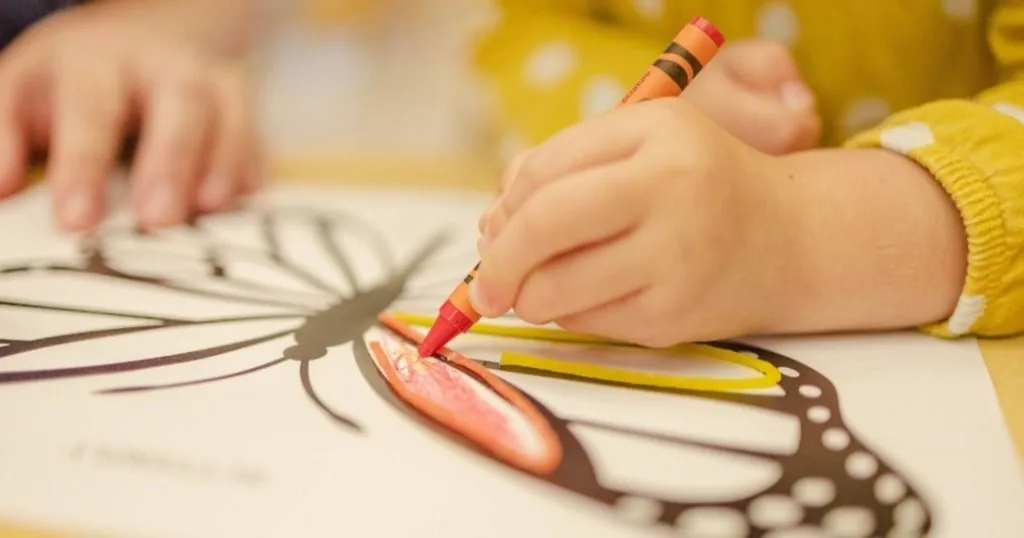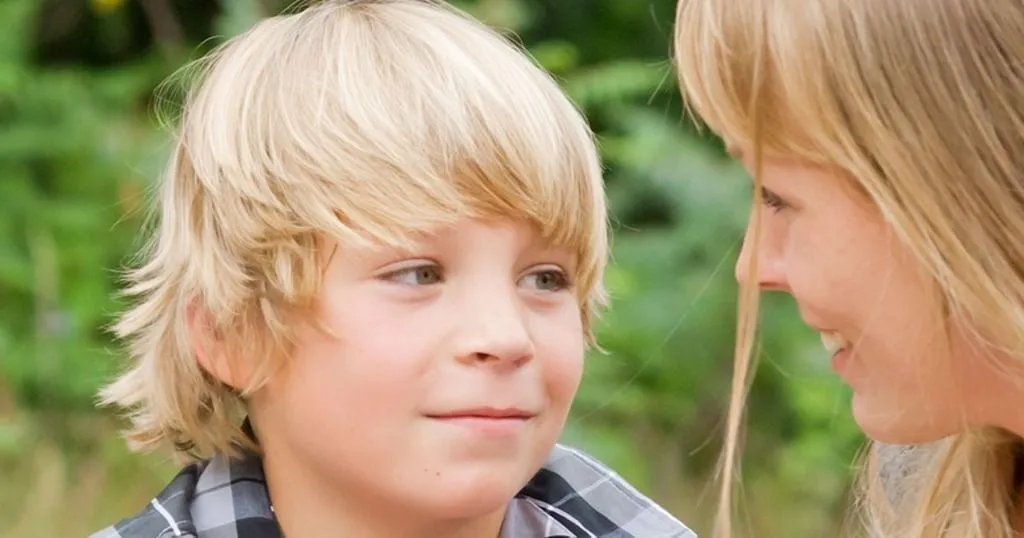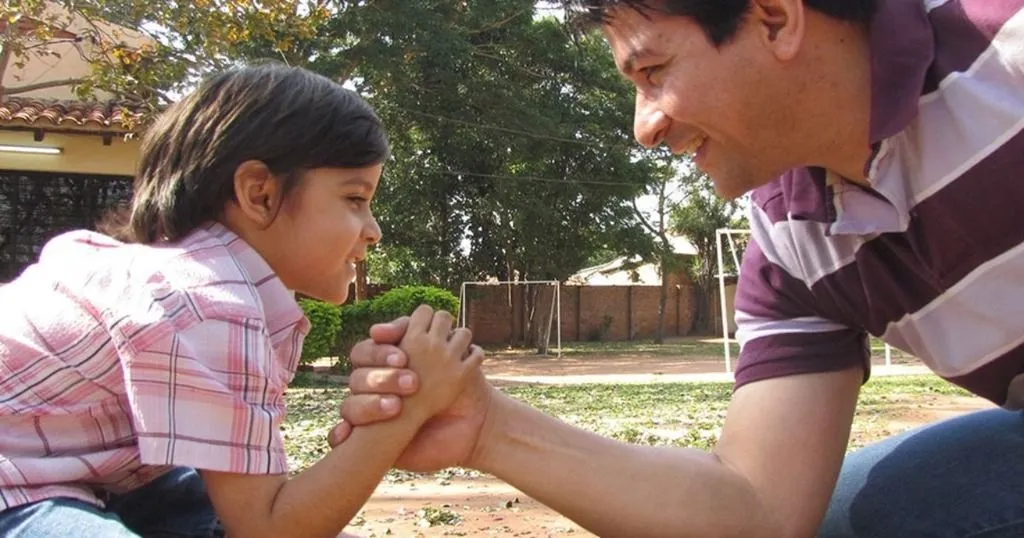Early infant behavior development of hand preference
There are many reasons to study the development of hand preference in infants. For one thing, being left-handed can be an advantage in one-on-one sports such as tennis.
Posted by
Published on
Tue 11 Jan. 2022
Topics
| Infants | Labs | The Observer XT | Video Observation | Child Development | Developmental Psychology |

The development of hand preference
In learning about objects and their parts, transporting objects to new locations, and sharing objects with others, the hands are essential. Infants discover how to control each hand and how to use the hands together. They learn to distinguish the left and the right side of the body. The cooperation between the two halves of the body becomes more and more coordinated.
Eventually a hand preference develops: the preferred hand performs the fine motor actions and the other hand assists.
Why measure handedness
There are many reasons to study the development of hand preference in infants. For one thing, being left-handed can be an advantage in one-on-one competitions, in sports such as tennis, baseball, and combat sports. For example, Rafael Nadal is a left-handed player and with this natural advantage, he became a star tennis player with many successful matches to his name.
The advantage being in a population with a left-handed minority and a right-handed majority, the left-handed Rafael Nadal plays most of his matches against right-handed opponents and is therefore well-practiced at dealing with this asymmetry. A right-hander plays the majority of his matches against other right-handers. In conclusion, when confronted with left-handers, they are less practiced, thereby giving the lefty a natural advantage.
How to measure handedness in infancy
The research team of Eliza Nelson presented “Unimanual to bimanual: Tracking the development of handedness from 6 to 24 months”. One of their findings was that, as infants, 39% of these children showed preference for the right hand, whereas 61% had no hand preference. In toddlerhood, this 39% increased to 97%. This study provides some evidence that handedness might begin to stabilize earlier than traditionally assumed. However, in order to confirm this conclusion, more research was required.
FREE WHITE PAPER: Tools for infant studies
Learn more about the software tools available for infant studies.
- Capture behaviors with video
- Annotate behaviors accurately
- Unobtrusive emotion analysis
The researchers were particularly interested in asymmetric bimanual actions. They explain: The current study is the first longitudinal attempt to connect unimanual and bimanual preferences, and emerging handedness patterns, over repeated monthly assessments in a large group of developing children (N = 38). They focused on actions where two hands work together to achieve a goal, a skill known as Role-Differentiated Bimanual Manipulation (RDBM).
The development of a series of tasks that should reliably elicit RDBM actions was an important part of this study. To test the tasks, the researchers set up experiments in their laboratory, Greensboro Infant Development Center. In the experiment, the passive hand stabilized or held the item for the active hand to perform the action. For example, when a child wanted to remove a ball from a tube the passive hand stabilized the tube while the active hand removed the ball from the tube.
Coding and analyzing behavioral data
Test sessions were recorded with two cameras providing adequate views of the child’s actions. Video coding was done offline afterwards with The Observer XT coding and analysis software. After analyzing the data, they concluded that their series indeed elicited RDBM actions in toddlers as well as adults.
As the series was found reliable, Nelson and her team tried to connect hand-use preferences from this new RDBM series to prior unimanual hand use data collected when the same children had been observed as 6-14 month old infants. The results, as mentioned earlier, were the outcome of this longitudinal study.
In addition to the conclusion that development of handedness could stabilize earlier in life than previously thought, the researchers also indicate that there is no single pattern found to get to stabilization of handedness. They actually found 5 patterns leading to 97% lateralized handedness at the end of their study.
Tools to study children's development
In the Noldus Webinar about Research tools in Developmental Psychology, we explained how our research tools can be used to study the behavior of children both in a natural and in a laboratory setting. Curious? Watch the webinar on demand now!
FREE TRIAL: Try The Observer XT yourself!
Request a free trial and see for yourself how easy behavioral research can be!
- Work faster
- Reduce costs
- Get better data
References
- Nelson, E.L.; Gonzalez, S.L.; Coxe, S.; Campbel, J.M.; Marcinowski, E.C. & Michel, G.F. (2017). Toddler hand preference trajectories predict 3-year language outcome. Developmental Psychobiology, 59(7), 1-12. https://doi.org/10.1002/dev.21560
- Nelson, E.L.; Campbell, J.M.; Michel, G.F. (2013). Unimanual to bimanual: Tracking the development of handedness from 6 to 24 months. Infant Behavior and Development, 36, 181-188.
Related Posts

How does communication with strangers develop?

Become and stay aware about children with autism
